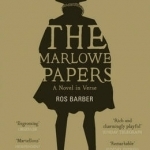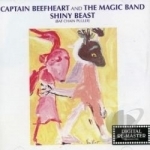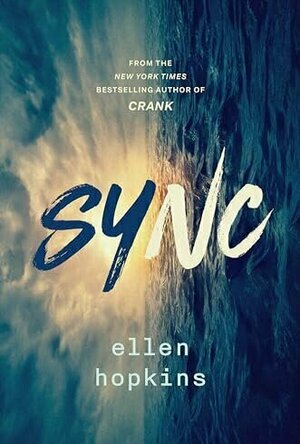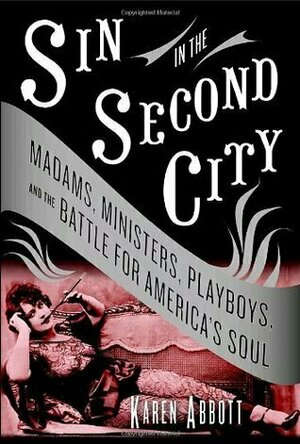
Sin in the Second City: Madams, Ministers, Playboys, and the Battle for America's Soul
Book
Step into the perfumed parlors of the Everleigh Club, the most famous brothel in American...
Deborah (162 KP) rated The Marlowe Papers in Books
Dec 21, 2018
The book apparently formed part of Barber's PhD and her central theory is the one that playwright and intelligencer Christopher Marlowe did not in fact die in Deptford as supposed. Subsidiary to this is the idea that William Shakespeare was just a front man for a whole host of plays written by an exiled Marlowe. Despite appearing in a production of Doctor Faustus as a teenager, I will admit that I am not terribly au fait with the details of Marlowe's life but having read Barber's work and the notes at the back, I can see there is some mileage in the idea of him having not actually died as reported; certainly there appears something fishy going on. I'm less convinced by the idea that someone else 'must' have written Shakespeare's plays. If Marlowe could be successful as the son of a Kentish Cobbler, why can't we believe the same of the son of a Stratford glover? Be that as it may, that is the stance Barber has chosen to take and I can accept what she gives me for the purpose of her 'entertainment' of 'what might have happened'.
As to the book itself, it's about 400 pages long and I think it took about 100 of those before I felt I was really getting into it. I'm not sure if it was adjusting to the style of the work (I read some plays in Blank Verse, but I'm not a great poetry lover) or if the early section was more chronologically disjointed and more tricky to get into the swing of the action? I am glad I persevered though, as I did end up enjoying it. On the other hand, I can more than understand that some people won't find it their cup of tea at all - I don't think there is any other work, at least not in English, that is written in quite the same way. It certainly must have been a labour of love getting exactly the right words to make all that Iambic Pentameter work, so hats off to Barber on this score.
Now I feel like seeing if I can find a decent biography of Marlowe, and surely that can only be a good thing.
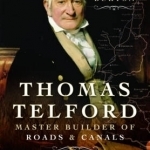
Thomas Telford: Master Builder of Roads and Canals
Book
Thomas Telford's life was extraordinary: born in the Lowlands of Scotland, where his father worked...
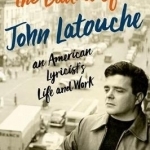
The Ballad of John Latouche: An American Lyricist's Life and Work
Book
Born into a poor Virginian family, John Treville Latouche (1914-56), in his short life, made a...
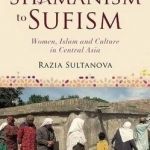
From Shamanism to Sufism: Women, Islam and Culture in Central Asia
Book
Women have traditionally played a vital part in Islam throughout Central Asia - the vast area from...
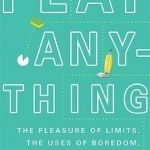
Play Anything: The Pleasure of Limits, the Uses of Boredom, and the Secret of Games
Book
Play Anything is nothing short of brilliant...I will be recommending this provocative and...
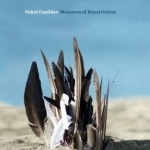
Measures of Expatriation
Book
'Expatriation: my having had a patria, a fatherland, to leave, did not occur to me until I was...
Karl Hyde recommended Shiny Beast (Bat Chain Puller) by Captain Beefheart / Captain Beefheart & The Magic Band in Music (curated)

Les Fleurs du Mal by Rabit
Album Watch
Les Fleurs Dul Mal is the absorbingly grotesque sophomore album by pioneering artist, DJ and label...
electronic experimental
Twins Storm and Lake have always been in sync growing up - until they get separated within the foster care system. Storm’s been through juvie but his current foster dad and his girlfriend are helping him find a normal life again - until an incident makes him lose control again. Lake likes girls, but her bible loving foster parents would immediately kick her out if they find out - so she and her foster sibling, Parker, must keep their relationship secret. Both twins have rough patches ahead and both fight to come out on the other side.
Sooo, I’ve never read an Ellen Hopkins book - at least that I can remember anyway. I did NOT keep track of books I read until I was in my late 20’s… That being said, I feel like I would remember the emotional damage that probably would have been done with her books, especially with how I feel after finishing this one.
Hopkins didn’t shy away from the hard topics. Doing so allowed me to feel every emotion alongside the twins as they were. I’ve recently really gotten into novel-in-verse books and it absolutely makes me understand how poetry can really hit your gut with just so few words; Hopkins didn’t have to go into detail about what things looked like for you to understand what was going on.
The ending was bittersweet because I didn’t want it to be over, but at the same time, Hopkins finished it beautifully without needing the words. God, this book is going to stay with me for quite some time. I’m going to think of Storm and Lake and hope they’re doing okay.
Overall, this book will grab your heart and twist it tight, absolutely leaving an imprint when it finally releases you on the last page. Even though it’s a 400+ page novel, it reads quickly and one could probably finish it in one setting. The only reason I hadn’t was because I started it super late at night and then had plans the following morning.
*Thank you Nancy Paulsen Books and BookishFirst for an advance copy of this book in exchange for an honest review
